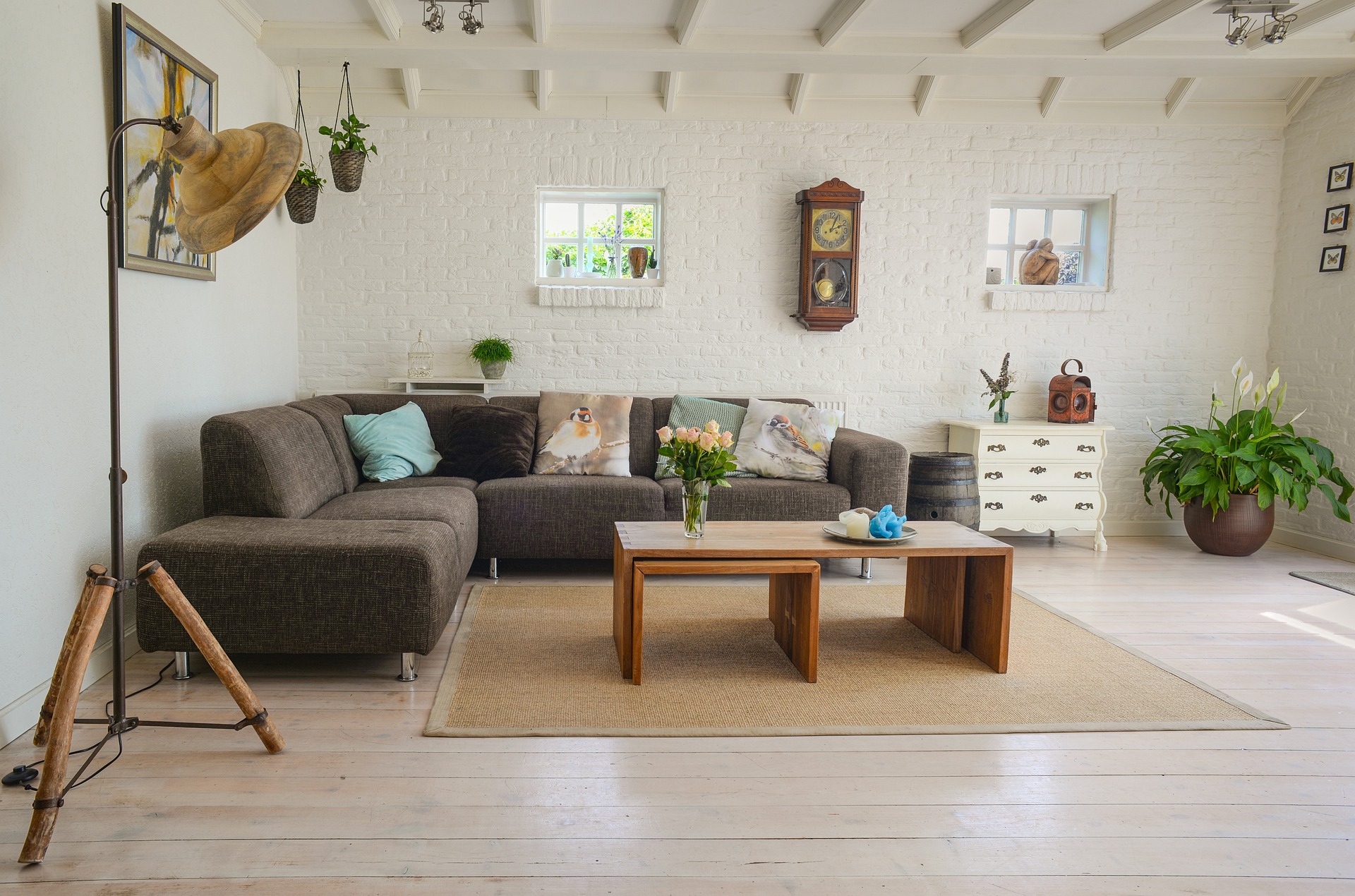Creating a Cozy and Functional Living Room: Design Tips and Ideas
The living room is often considered the heart of a home, serving as a central gathering space for family and friends. It's where we relax, entertain, and create lasting memories. Designing a living room that is both comfortable and functional requires careful consideration of various elements, including furniture, decor, lighting, and textiles. In this article, we'll explore how to create a welcoming living room that reflects your personal style while maximizing comfort and functionality.

What Decor Elements Can Enhance Your Living Room’s Ambiance?
Decor plays a crucial role in setting the tone and personality of your living room. Start with a focal point, such as a fireplace, large window, or statement piece of art. Build your decor around this focal point to create a cohesive look. Incorporate a mix of textures and materials through decorative objects, wall art, and plants to add visual interest. Personal touches like family photos or cherished mementos can make the space feel more inviting and uniquely yours. Don’t forget to consider the color palette of your decor items to ensure they complement your overall design scheme.
How Can Lighting Transform Your Living Room?
Proper lighting is essential for creating the right atmosphere in your living room. Aim for a layered lighting approach that combines ambient, task, and accent lighting. Start with overhead lighting for general illumination, such as a chandelier or recessed lights. Add table lamps or floor lamps for task lighting in reading nooks or near seating areas. Use accent lighting like wall sconces or picture lights to highlight artwork or architectural features. Consider dimmer switches to adjust the lighting levels for different activities and times of day. Natural light is also important, so make the most of windows with sheer curtains or adjustable blinds.
What Role Do Textiles Play in Living Room Design?
Textiles add warmth, comfort, and visual interest to your living room. Start with a rug to anchor the space and define seating areas. Choose a size that allows all furniture legs to sit on the rug or at least the front legs for a cohesive look. Layer throw pillows and blankets on your sofa and chairs to add color, texture, and coziness. Window treatments not only provide privacy but also contribute to the overall aesthetic. Consider mixing patterns and textures in your textiles, but keep them within a consistent color palette to maintain harmony in the space.
How to Maximize Comfort and Functionality in Your Living Room?
To create a truly inviting living room, focus on balancing comfort with functionality. Arrange furniture to promote conversation and easy movement throughout the space. Include plenty of seating options, from sofas to accent chairs and ottomans. Incorporate side tables or a coffee table for convenient surfaces to place drinks, books, or decorative items. Consider storage solutions like bookshelves, cabinets, or built-ins to keep the room organized and clutter-free. Create designated areas for different activities, such as a reading nook or a media center, to make the most of your space.
What Are Some Popular Living Room Design Styles?
Living room design styles vary widely, allowing you to create a space that truly reflects your personal taste. Here are some popular styles to consider:
| Style | Key Features | Typical Elements |
|---|---|---|
| Modern | Clean lines, minimalism | Sleek furniture, neutral colors, metal accents |
| Traditional | Classic, timeless elegance | Ornate details, rich colors, antique-inspired pieces |
| Farmhouse | Rustic, cozy charm | Reclaimed wood, neutral palette, vintage accessories |
| Scandinavian | Light, airy, functional | White walls, light woods, minimalist furniture |
| Bohemian | Eclectic, colorful, layered | Mixed patterns, global-inspired textiles, plants |
| Mid-Century Modern | Retro-inspired, functional | Organic shapes, bold colors, iconic furniture pieces |
When choosing a design style for your living room, consider your personal preferences, the architecture of your home, and how you plan to use the space. Don’t be afraid to mix elements from different styles to create a unique look that suits your lifestyle and taste.
In conclusion, creating a cozy and functional living room involves thoughtful consideration of furniture, decor, lighting, and textiles. By carefully selecting and arranging these elements, you can design a space that is not only visually appealing but also comfortable and practical for everyday living. Remember that your living room should reflect your personal style and meet the needs of your household, so don’t hesitate to experiment and make adjustments until you achieve the perfect balance of form and function.






